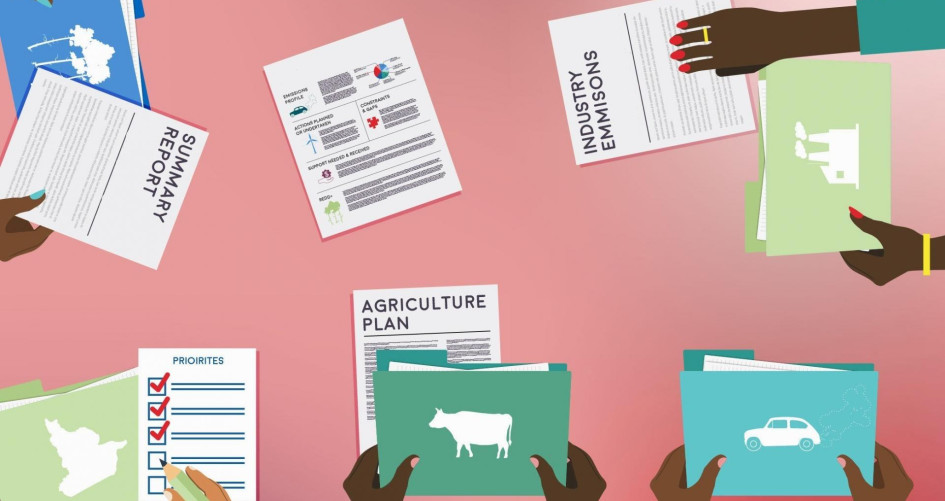A new technical handbook to help developing countries prepare for the implementation of the enhanced transparency framework (ETF) under the Paris Agreement has been launched and published by the Consultative Group of Experts (CGE).
Over the next few years, countries will start implementing the ETF for action and support which builds on and enhances the current measurement, verification and reporting (MRV) requirements under the Convention. The CGE published the handbook in order to support developing countries in their transition to the ETF, as it will introduce more detailed reporting requirements for these countries.
The handbook aims to improve awareness and understanding of the ETF and its modalities, procedures and guidelines (MPGs) by national experts and practitioners from developing country Parties. It can help them consider opportunities to improve their current reporting systems and start planning for the establishment of institutional arrangements. In this regard, the technical handbook:
- explains in detail the information to be reported including the outline and content of biennial transparency reports (BTRs);
- describes the processes for the technical expert review (TER) and the facilitative multilateral consideration of progress (FMCP).
The handbook is prepared as a supporting knowledge tool and attempts to strike a balance in communicating the MPGs in simple language to improve understanding and usability.
It is important however to note, that Article 13 of the Paris Agreement, decision 18/CMA.1 and its annex, as well as future relevant decisions, remain the authoritative source on the ETF. For this reason, the CGE strongly encourages countries that are planning to use the handbook to do so in conjunction with the MPGs, and any relevant decisions taken at future climate change negotiations. The CGE intends to continually improve the handbook based on the feedback from users and future negotiations decisions.
On the launch of the handbook, Mr. Arif Goheer, who is the Chair of the CGE had this to say, “In the present-day world, where everyone is concerned about the climate crisis, the Paris Agreement necessitates the need of increased reporting requirements under the enhanced transparency framework. In line with its mandate, the CGE has formulated this handbook to build capacity of developing country Parties to fully participate in the new reporting requirements, as set out in the MPGs, for the enhanced transparency framework. I do hope that this handbook will serve as a useful resource for policy-makers, climate negotiators and MRV practitioners in developing countries in guiding them and building their capacities for reporting”.
Why is ETF important
- The ETF is a central component for the credibility and operation of the Paris Agreement and will enhance the current measurement, reporting and verification (MRV) reporting requirements under the Convention.
- The ETF specifies how Parties to the Paris Agreement must report on progress in climate change mitigation, adaptation measures and support provided or received. It also provides for international procedures for the review of the submitted reports.
- The information gathered through the ETF will feed into the Global stocktake which will assess the collective progress towards the long-term climate goals.
Learn more about the ETF processes and access the handbook here and its addendum here.

